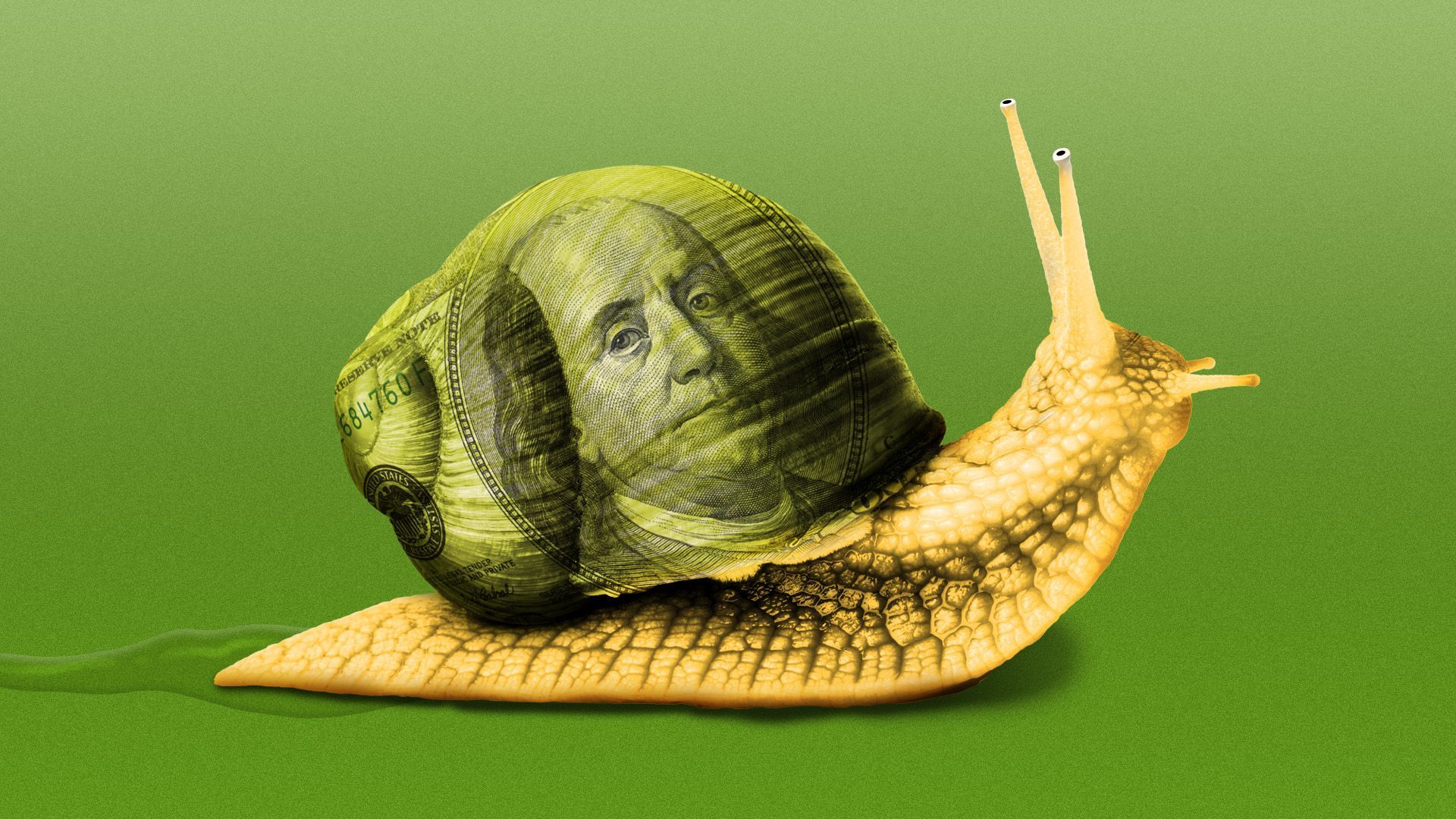The U.S. Economy’s Slow Return to a 2% Norm
Article originally posted on HERE on September 6, 2023

First half U.S. gross domestic product was a hair over 2%. Inflation expectations are nearly back to 2%. Job growth over last year? You guessed it.
Why it matters: It may not last, but right now, it looks like we’re moving back toward the slow growth environment that preceded the COVID-19 crisis, something we used to call the “2% world.”
Driving the news: A flurry of decent economic data last week — all of which seemed to point toward slowing inflation and growth.
- The cherry on top was Friday’s jobs report for August, which showed the employment picture developing in a way that is perfectly in line with the best-case scenario for the economy after last year’s rate hike surge.
- Employment continued to expand, but the pace of that growth was markedly slower: Annual job growth was just 2% — it averaged more than 4% in 2022. That should continue to help ease inflation.
The big picture: This is another way of saying the Federal Reserve seems very close to pulling off the so-called soft landing of the economy that so many have hoped for.
Between the lines: This would be a great outcome for the stock market, which has gotten a lift lately from the idea that the Fed might not have to hike interest rates anymore. (They crushed the market in 2022.)
- What’s more, if the Fed can stop easing without a full-on recession, that should help support corporate profits and give the market another reason to rise.
Yes, but: Not everything is turning up 2%.
- For instance — long-term U.S. government bond yields, also known as interest rates — continue to hover above 4%, higher than the 2%-ish level where they sat for most of the decade before COVID hit.
But, but, but: Market-based readings of inflation expectations continue to come back to earth after flaring up during the post-COVID breakout of price pressures.
- It’s one of the clearest indications that some of the world’s most sophisticated investors — these inflation expectations are based on bond market prices — expect a return of the low inflation environment that characterized the pre-COVID before times.
The bottom line: Bond yields basically reflect expectations about growth and inflation — and growth is already at 2%.
- That suggests the markets think it will take some time for the Fed to slowly guide inflation back to its target. Which, of course, is 2%.



No comments:
Post a Comment